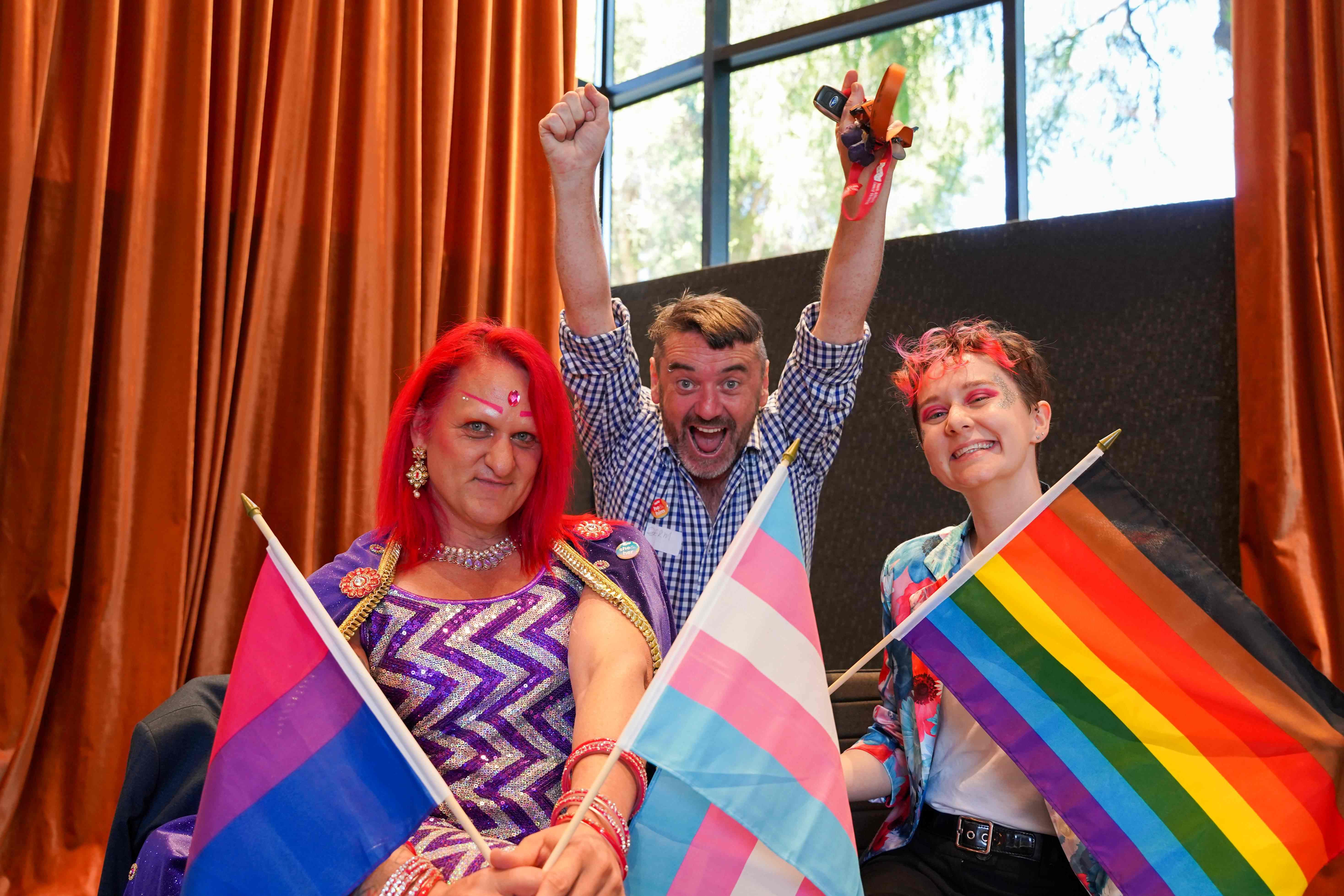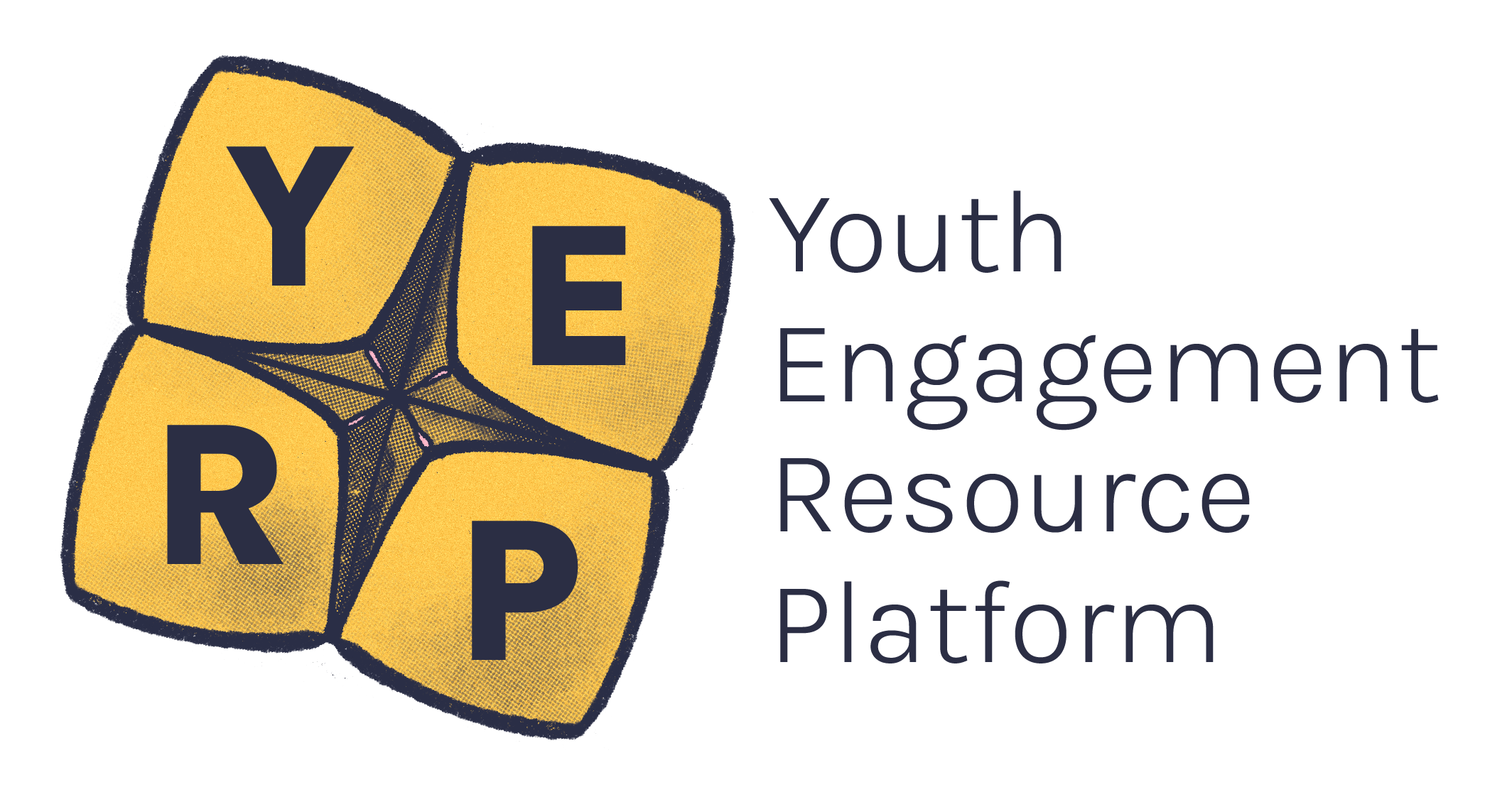Today marks International Day Against Homophobia, Biphobia and Transphobia, a commemoration of May 17, 1990 when the World Health Organisation removed homosexuality from its classification of diseases.
33 years later, the movement for equality has come a long way, but many LGBTIQA+ stands for Lesbian, Gay, Bisexual, Transgender, Intersex, Queer and Asexual. The plus symbol represents other identities in the community not listed in the acronym.LGBTIQA+ folks still face barriers in areas of housing, health, and employment.
The workplace is one area that has been consistently challenged in inclusivity, with one survey from the Diversity Council Australia finding that only 32% of LGBTIQA+ respondents were Being 'out' is when people know about your queer identity.outto everyone with whom they worked.
YACVic’s Code of Ethics Project Officer Finnley Stirling (they/them), said they had felt misunderstood in previous workplaces, and that the burden was often on them to educate colleagues about rainbow identities.
“It’s stressful to have to put myself out there and advocate for myself because there’s always that chance that people are like, ‘your identity is invalid’,” they said.
Finnley said there were ethical considerations that organisations needed to make around trans and gender diverse young people, such as avoiding outing them if their family of origin didn’t know about their trans identity.
“I wasn’t out in the community, but I was out in the service [I worked at] and practising changing my name and my pronouns,” they said.
“I got a letter with my chosen name on it.”
Finnley said enduring a day’s worth of Commonplace language and behaviour that is indirect or subtle discrimination.microaggressions and asking for basic understandings on terminology such as pronouns, created an unsupportive work environment.
Headspace Wonthaggi Amplify group member Rah Berry (they/them), recalls a similar experience at their previous workplace, where there was a lack of literacy around transgender identities.
Their former workmates would refer to Rah by their birthname instead of their chosen name.
“I’m non-binary, they didn’t understand the idea of they/them pronouns. They thought my name ‘Rah’ was more of a nickname,” they said.
Rah says greater awareness of non-binary identities among non-LGBTIQA+ people would have allowed them to feel more comfortable at work.
“It’s taken so long for people to realise that there are just not two genders, there are more. We need to educate people more on that fact,” they said.
Beyond microaggressions and misunderstandings, recent data indicates that LGBTIQA+ workers face disproportionate levels of workplace harassment and discrimination.
The Australian Human Rights Commission documented that 52% of employees who identified as LGBTIQA+ experienced workplace sexual harassment, compared to 31% of their straight or heterosexual counterparts, while one report from SEEK found that LGBTIQA+ workers were almost twice as likely to be victims of workplace discrimination.
Unemployment is another key issue in the queer and trans community, particularly following the economic downturn during the pandemic.
Rainbow community lead at genU Anastasia Rose Le (she/her), said unemployed LGBTIQA+ people often had “intertwined” issues associated with mental health, identity, and sometimes a lack of employable skills.
“Some have gender dysphoria, some have significant mental health issues,” she said.
“Once someone enters unemployment with some mental health barriers around their own identity, it’s a lot more challenging for them to get back into employment.”
Anastasia said employers performed better in inclusivity when they made visible and loud commitments to equality, had opportunities for LGBTIQA+ staff training, and supportive leave arrangements for trans employees to receive gender affirming care.
“The best ones, they appreciate and use the lived experience of their employees to improve the culture of their workplace,” she said.
Head of YACVic Rural Derm Ryan (he/him), who worked in the LGBTIQA+ sector for almost three decades and currently manages the YACVic HEY program, said inclusive practice varied depending on the size of the organisation.
Derm said that it could be anything from “a sticker on the door”, to support groups for queer employees, celebrating days of significance, and ensuring there were strong mechanisms in place to deal with harassment.
“I think it’s communication from the top down, that the organisation won’t tolerate any form of discrimination or harassment, and people should be encouraged to seek support,” he said.
“Everybody has a right to exist in the workplace and to be supported and celebrated, so they’re able to achieve the outcomes of the organisations they’re working in.”
Finn said fostering a culture where everyone can “show up as our full selves”, and taking a firm stance against bigotry would also create a more inclusive workplace.
“The statement that YACVic put out against transphobia recently was a really great example of that, to signal to the youth sector but also our community that we stand against that kind of hatred,” they said.




